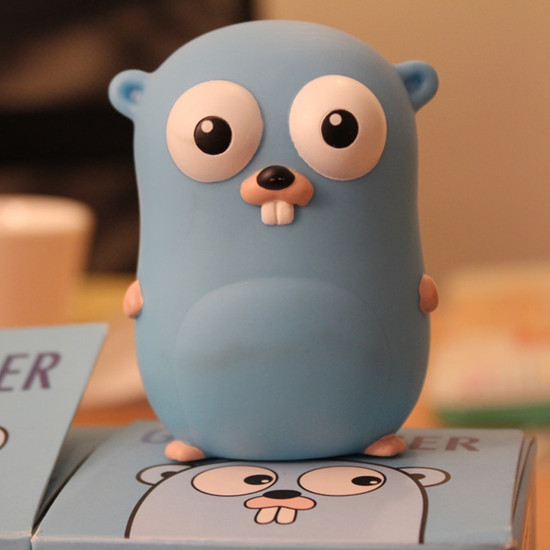如何将一种可转换为指针的泛型类型参数化另一种可转换为指针的泛型类型?
从现在开始,我们要努力学习啦!今天我给大家带来《如何将一种可转换为指针的泛型类型参数化另一种可转换为指针的泛型类型?》,感兴趣的朋友请继续看下去吧!下文中的内容我们主要会涉及到等等知识点,如果在阅读本文过程中有遇到不清楚的地方,欢迎留言呀!我们一起讨论,一起学习!
从类型参数提案中,有一个有用的部分描述了应该如何定义类型约束,以便已经通过其指针接收器实现接口的类型仍然可以用作类型参数,例如:
type explainedexamplegeneric[t any] interface {
getbool() bool
*t // non-interface type constraint element
}
type explainedimpl struct{ bully bool }
func (e *explainedimpl) getbool() bool { return e == nil || e.bully }
func print[t any, pt explainedexamplegeneric[t]](impl t) {
fmt.println(pt(&impl).getbool())
}
func main() {
print[explainedimpl](explainedimpl{}) // prints: false
}
对于我的用例,我想使用此 explainedexamplegeneric 作为另一个泛型类型的参数:
type uncharteredgeneric[t any, u any, v explainedexamplegeneric[u]] interface {
getstring() string
getexplainedexamplegeneric() v
*t // non-interface type constraint element
}
type explainedexamplegeneric[t any] interface {
getbool() bool
*t // non-interface type constraint element
}
此编译,但是,当尝试编译函数以利用此 uncharteredgeneric 类型时,我收到以下错误:
./prog.go:35:40: got 2 arguments but 3 type parameters ./prog.go:36:17: cannot convert &impl (value of type *t) to type pt
func uncharteredprint[t any, u any, pt uncharteredgeneric[t, u]](impl t) { -> got 2 arguments but 3 type parameters
fmt.println(pt(&impl).getexplainedexamplegeneric().getbool()) -> cannot convert &impl (value of type *t) to type pt
}
最后,当我尝试调用此函数时,无法推断我的类型链接到演示:
./prog.go:36:40: got 2 arguments but 3 type parameters ./prog.go:37:17: cannot convert &impl (value of type *t) to type pt ./prog.go:42:50: cannot infer pt (prog.go:36:37)
package main
import "fmt"
type UncharteredGeneric[T any, U any, V ExplainedExampleGeneric[U]] interface {
GetString() string
GetExplainedExampleGeneric() V
*T // non-interface type constraint element
}
type ExplainedExampleGeneric[T any] interface {
GetBool() bool
*T // non-interface type constraint element
}
type UncharteredImpl struct{ some string }
func (e *UncharteredImpl) GetExplainedExampleGeneric() ExplainedImpl { return ExplainedImpl{} }
func (e *UncharteredImpl) GetString() string {
if e == nil {
return ""
}
return e.some
}
type ExplainedImpl struct{ bully bool }
func (e *ExplainedImpl) GetBool() bool { return e == nil || e.bully }
func Print[T any, PT ExplainedExampleGeneric[T]](impl T) {
fmt.Println(PT(&impl).GetBool())
}
func UncharteredPrint[T any, U any, PT UncharteredGeneric[T, U]](impl T) { -> got 2 arguments but 3 type parameters
fmt.Println(PT(&impl).GetExplainedExampleGeneric().GetBool()) -> cannot convert &impl (value of type *T) to type PT
}
func main() {
Print[ExplainedImpl](ExplainedImpl{})
UncharteredPrint[UncharteredImpl, ExplainedImpl](UncharteredImpl{}) -> cannot infer PT (prog.go:36:37)
}
知道我做错了什么吗?似乎应该是可能的,但我不确定我在这里缺少什么,任何帮助将不胜感激。
正确答案
首先,接口 uncharteredgeneric 是参数化类型,您必须显式提供所有三个类型参数。
因此在uncharteredprint函数类型参数列表中,pt应该是:
pt uncharteredgeneric[t, u, v]
现在 v 是什么?如 uncharteredgeneric 自己的类型参数列表中所示,v 必须满足 explainedexamplegeneric[u],因此这就是我们定义它的方式。完整的签名变为:
uncharteredprint[t any, u any, v explainedexamplegeneric[u], pt uncharteredgeneric[t, u, v]](impl t)
不能直接使用 explainedexamplegeneric[u] 来实例化 uncharteredgeneric,因为 explainedexamplegeneric 包含类型元素 *t;您只能将其用作 v 的约束。
最后,毕竟 pt 将被推断为 *uncharteredimpl,但这尚未实现 uncharteredgeneric — v 使用 *explainedimpl 实例化,但该方法声明为 zqbc zqbgetexplainedexamplegeneric()explainedimpl。您还必须修复方法签名以返回指针类型:
func (e *UncharteredImpl) GetExplainedExampleGeneric() *ExplainedImpl { return &ExplainedImpl{} }
然后,编译运行:https://go.dev/play/p/zCZd53ys-5J
以上就是《如何将一种可转换为指针的泛型类型参数化另一种可转换为指针的泛型类型?》的详细内容,更多关于的资料请关注golang学习网公众号!
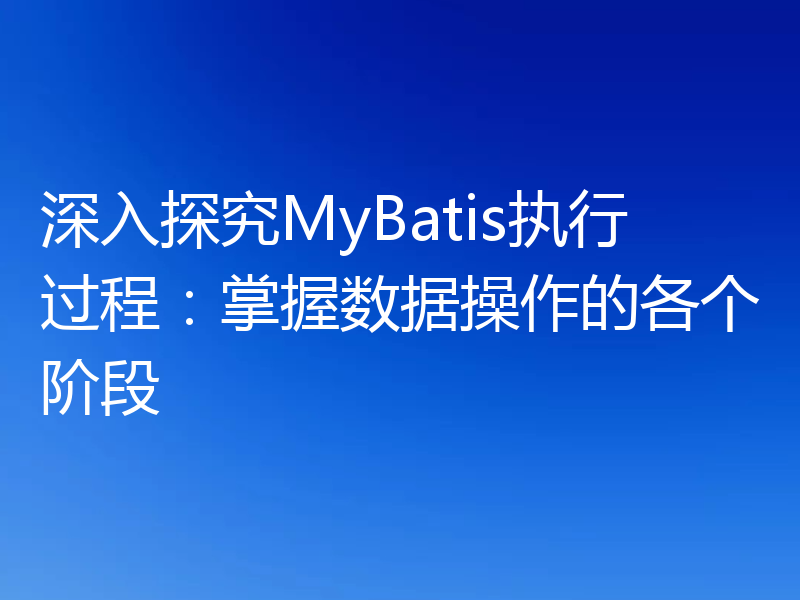 深入探究MyBatis执行过程:掌握数据操作的各个阶段
深入探究MyBatis执行过程:掌握数据操作的各个阶段
- 上一篇
- 深入探究MyBatis执行过程:掌握数据操作的各个阶段
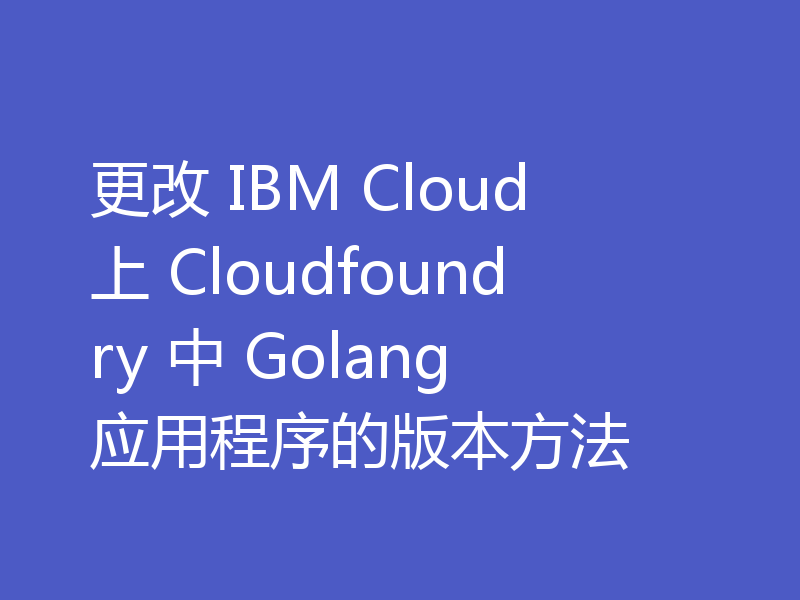
- 下一篇
- 更改 IBM Cloud 上 Cloudfoundry 中 Golang 应用程序的版本方法
-

- Golang · Go问答 | 1年前 |
- 在读取缓冲通道中的内容之前退出
- 139浏览 收藏
-
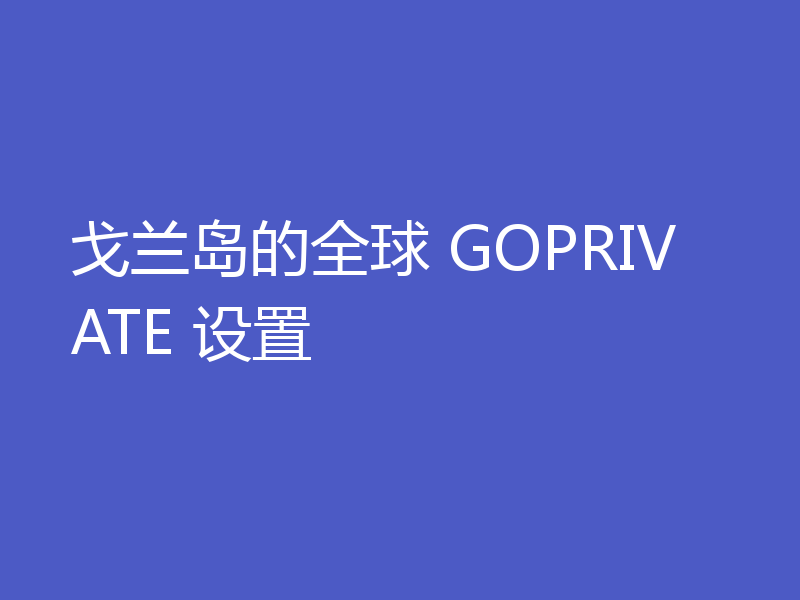
- Golang · Go问答 | 1年前 |
- 戈兰岛的全球 GOPRIVATE 设置
- 204浏览 收藏
-
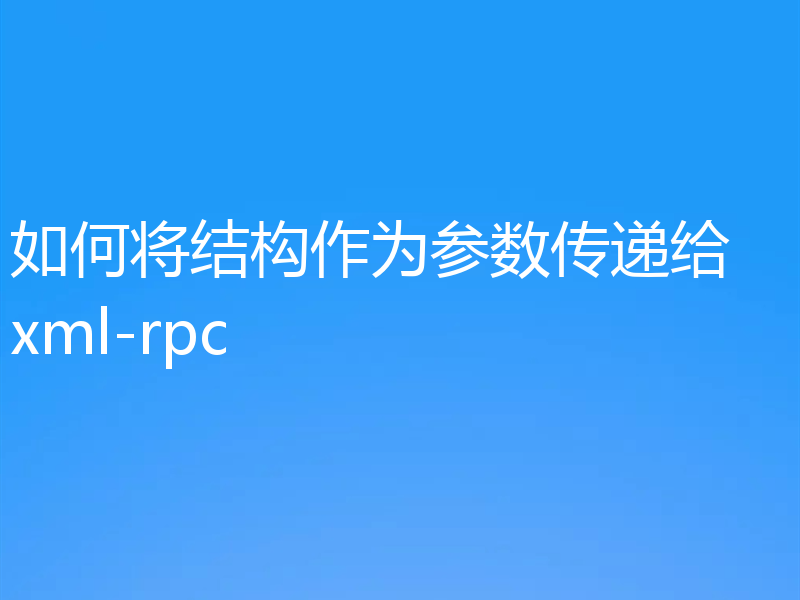
- Golang · Go问答 | 1年前 |
- 如何将结构作为参数传递给 xml-rpc
- 325浏览 收藏
-

- Golang · Go问答 | 1年前 |
- 如何用golang获得小数点以下两位长度?
- 478浏览 收藏
-
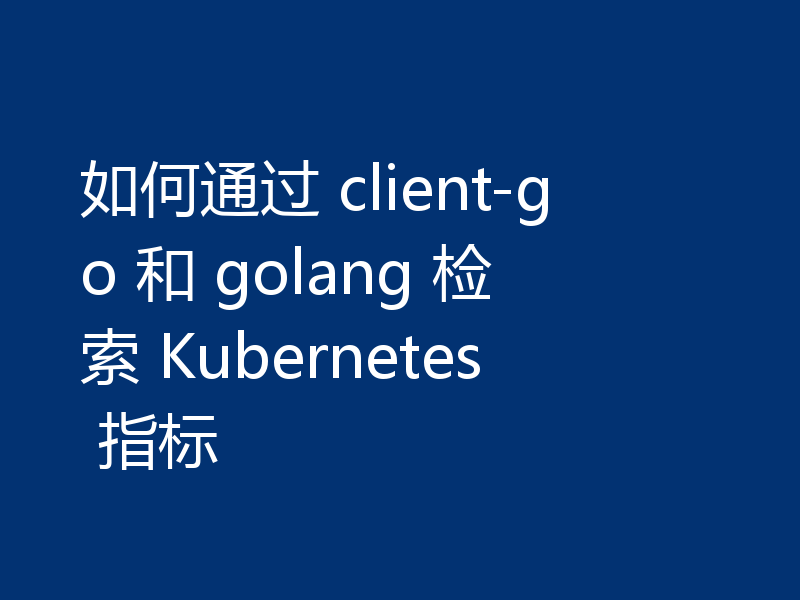
- Golang · Go问答 | 1年前 |
- 如何通过 client-go 和 golang 检索 Kubernetes 指标
- 486浏览 收藏
-

- Golang · Go问答 | 1年前 |
- 将多个“参数”映射到单个可变参数的习惯用法
- 439浏览 收藏
-
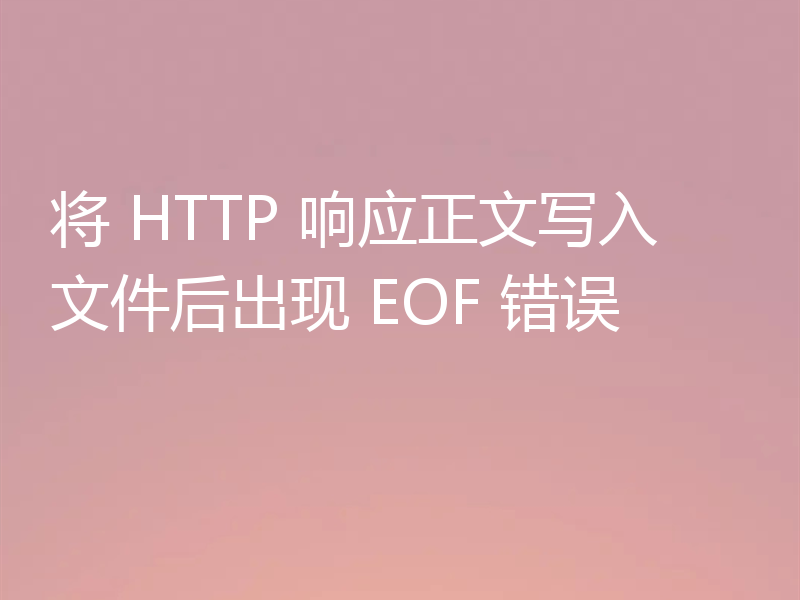
- Golang · Go问答 | 1年前 |
- 将 HTTP 响应正文写入文件后出现 EOF 错误
- 357浏览 收藏
-

- Golang · Go问答 | 1年前 |
- 结构中映射的匿名列表的“复合文字中缺少类型”
- 352浏览 收藏
-
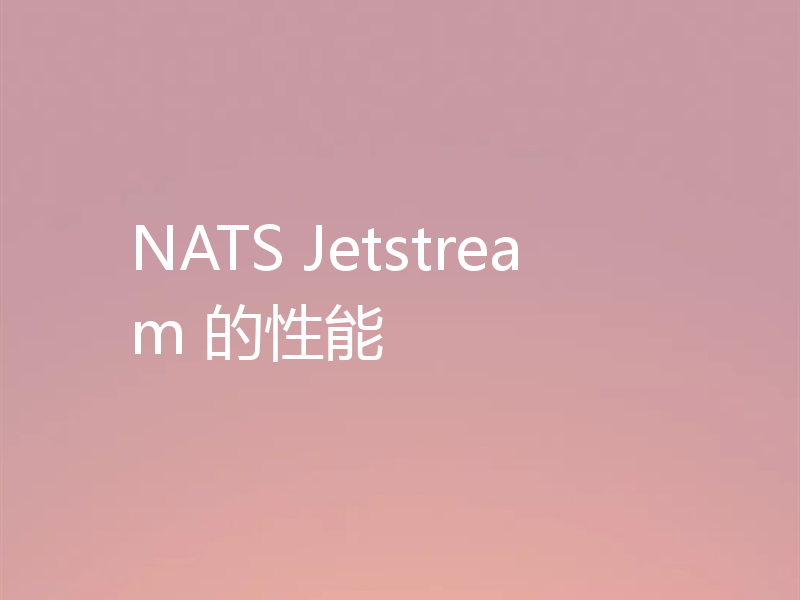
- Golang · Go问答 | 1年前 |
- NATS Jetstream 的性能
- 101浏览 收藏
-
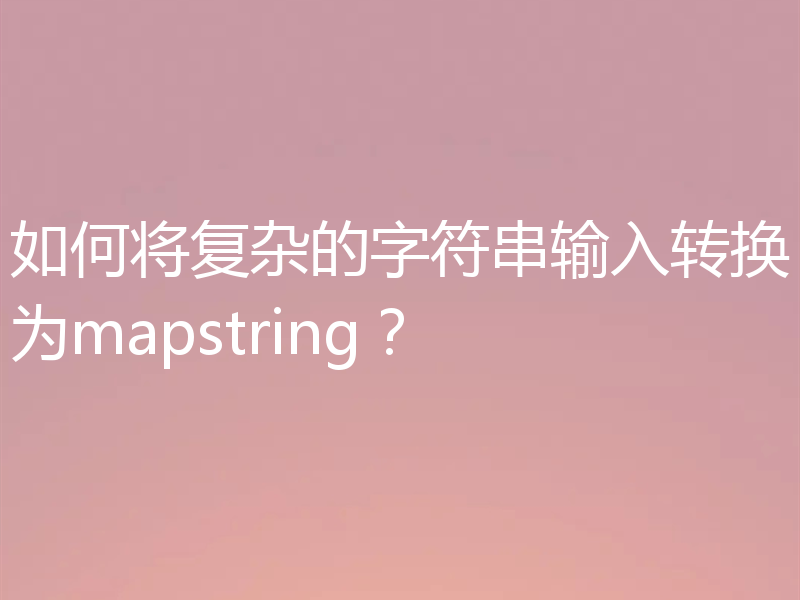
- Golang · Go问答 | 1年前 |
- 如何将复杂的字符串输入转换为mapstring?
- 440浏览 收藏
-
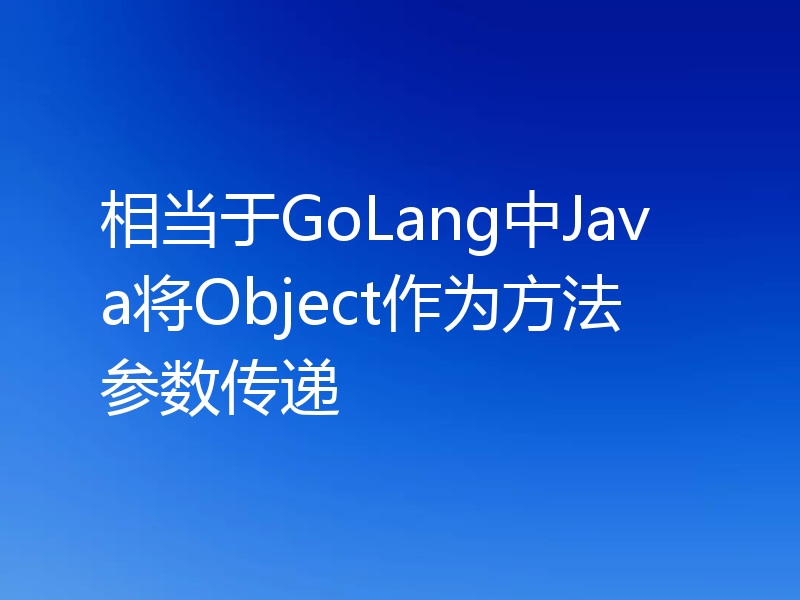
- Golang · Go问答 | 1年前 |
- 相当于GoLang中Java将Object作为方法参数传递
- 212浏览 收藏
-
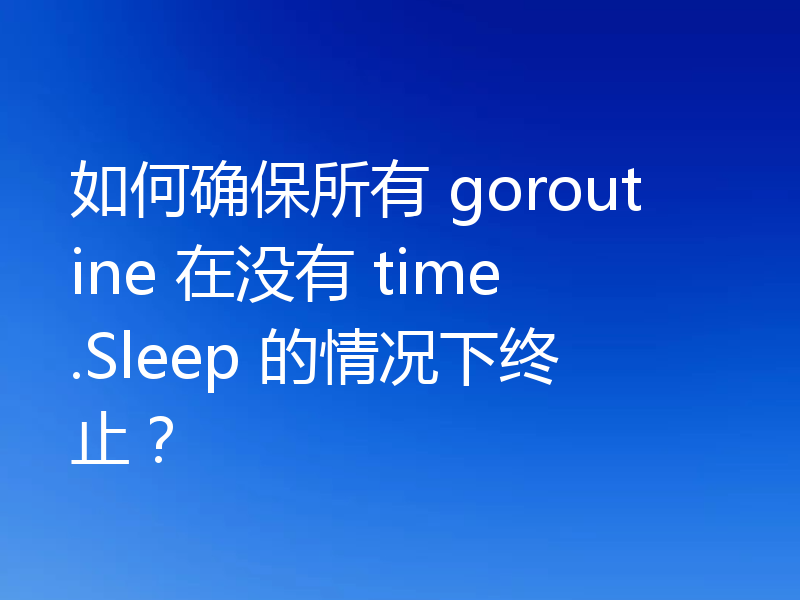
- Golang · Go问答 | 1年前 |
- 如何确保所有 goroutine 在没有 time.Sleep 的情况下终止?
- 143浏览 收藏
-

- 前端进阶之JavaScript设计模式
- 设计模式是开发人员在软件开发过程中面临一般问题时的解决方案,代表了最佳的实践。本课程的主打内容包括JS常见设计模式以及具体应用场景,打造一站式知识长龙服务,适合有JS基础的同学学习。
- 543次学习
-

- GO语言核心编程课程
- 本课程采用真实案例,全面具体可落地,从理论到实践,一步一步将GO核心编程技术、编程思想、底层实现融会贯通,使学习者贴近时代脉搏,做IT互联网时代的弄潮儿。
- 516次学习
-

- 简单聊聊mysql8与网络通信
- 如有问题加微信:Le-studyg;在课程中,我们将首先介绍MySQL8的新特性,包括性能优化、安全增强、新数据类型等,帮助学生快速熟悉MySQL8的最新功能。接着,我们将深入解析MySQL的网络通信机制,包括协议、连接管理、数据传输等,让
- 500次学习
-

- JavaScript正则表达式基础与实战
- 在任何一门编程语言中,正则表达式,都是一项重要的知识,它提供了高效的字符串匹配与捕获机制,可以极大的简化程序设计。
- 487次学习
-

- 从零制作响应式网站—Grid布局
- 本系列教程将展示从零制作一个假想的网络科技公司官网,分为导航,轮播,关于我们,成功案例,服务流程,团队介绍,数据部分,公司动态,底部信息等内容区块。网站整体采用CSSGrid布局,支持响应式,有流畅过渡和展现动画。
- 485次学习
-
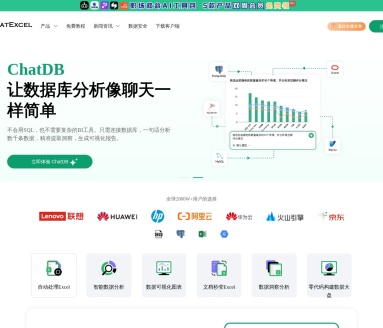
- ChatExcel酷表
- ChatExcel酷表是由北京大学团队打造的Excel聊天机器人,用自然语言操控表格,简化数据处理,告别繁琐操作,提升工作效率!适用于学生、上班族及政府人员。
- 3193次使用
-
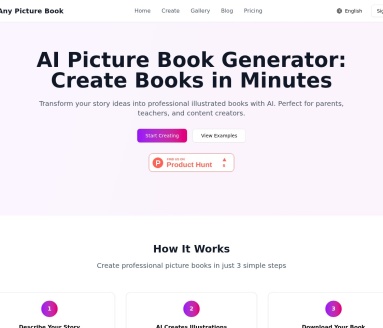
- Any绘本
- 探索Any绘本(anypicturebook.com/zh),一款开源免费的AI绘本创作工具,基于Google Gemini与Flux AI模型,让您轻松创作个性化绘本。适用于家庭、教育、创作等多种场景,零门槛,高自由度,技术透明,本地可控。
- 3405次使用
-
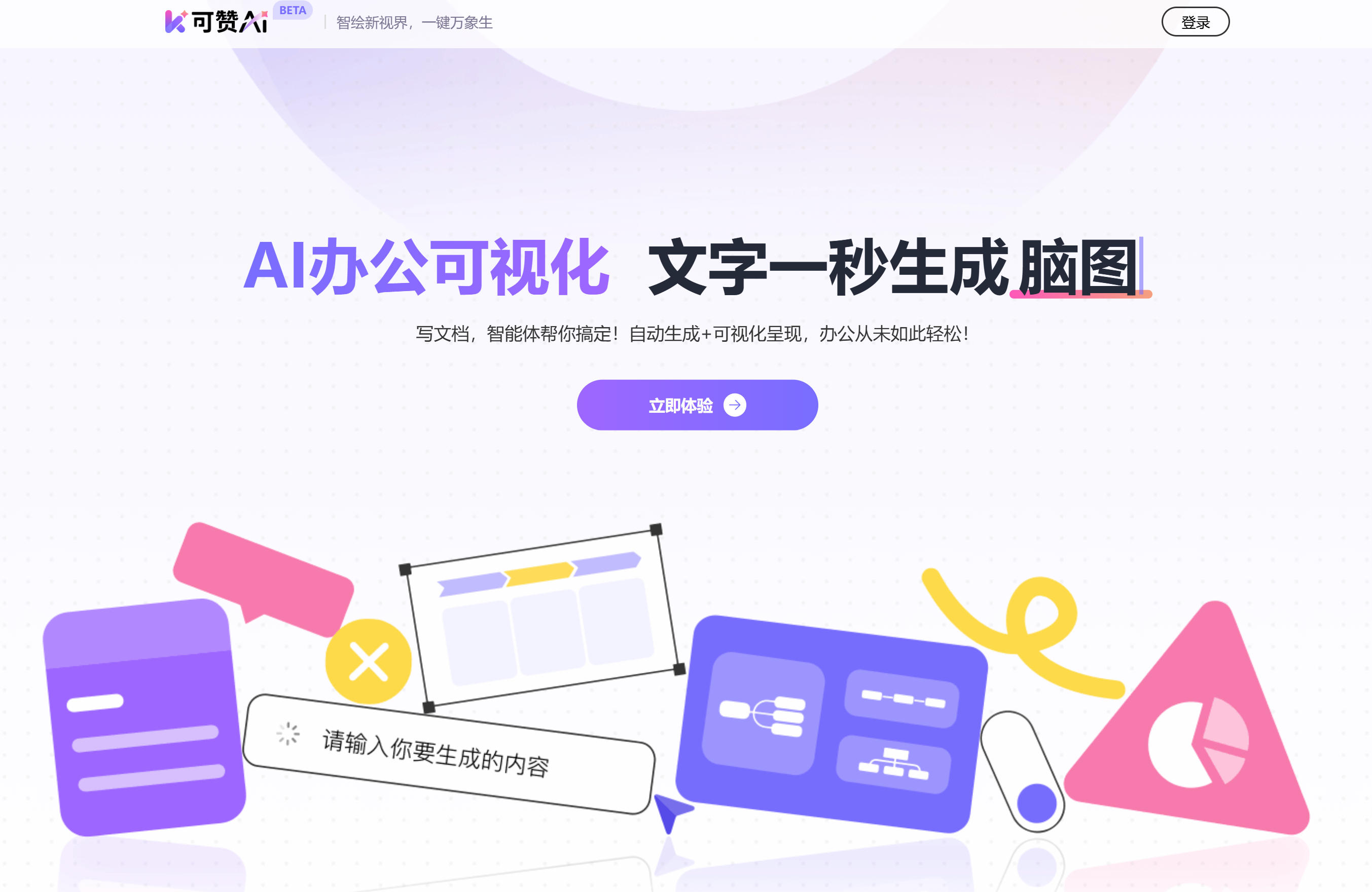
- 可赞AI
- 可赞AI,AI驱动的办公可视化智能工具,助您轻松实现文本与可视化元素高效转化。无论是智能文档生成、多格式文本解析,还是一键生成专业图表、脑图、知识卡片,可赞AI都能让信息处理更清晰高效。覆盖数据汇报、会议纪要、内容营销等全场景,大幅提升办公效率,降低专业门槛,是您提升工作效率的得力助手。
- 3436次使用
-

- 星月写作
- 星月写作是国内首款聚焦中文网络小说创作的AI辅助工具,解决网文作者从构思到变现的全流程痛点。AI扫榜、专属模板、全链路适配,助力新人快速上手,资深作者效率倍增。
- 4543次使用
-
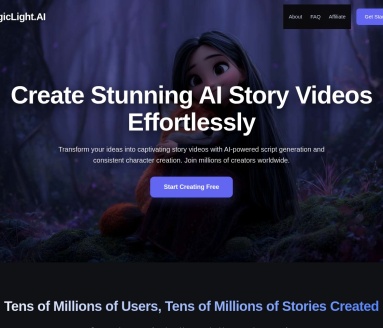
- MagicLight
- MagicLight.ai是全球首款叙事驱动型AI动画视频创作平台,专注于解决从故事想法到完整动画的全流程痛点。它通过自研AI模型,保障角色、风格、场景高度一致性,让零动画经验者也能高效产出专业级叙事内容。广泛适用于独立创作者、动画工作室、教育机构及企业营销,助您轻松实现创意落地与商业化。
- 3814次使用
-
- GoLand调式动态执行代码
- 2023-01-13 502浏览
-
- 用Nginx反向代理部署go写的网站。
- 2023-01-17 502浏览
-
- Golang取得代码运行时间的问题
- 2023-02-24 501浏览
-
- 请问 go 代码如何实现在代码改动后不需要Ctrl+c,然后重新 go run *.go 文件?
- 2023-01-08 501浏览
-
- 如何从同一个 io.Reader 读取多次
- 2023-04-11 501浏览


